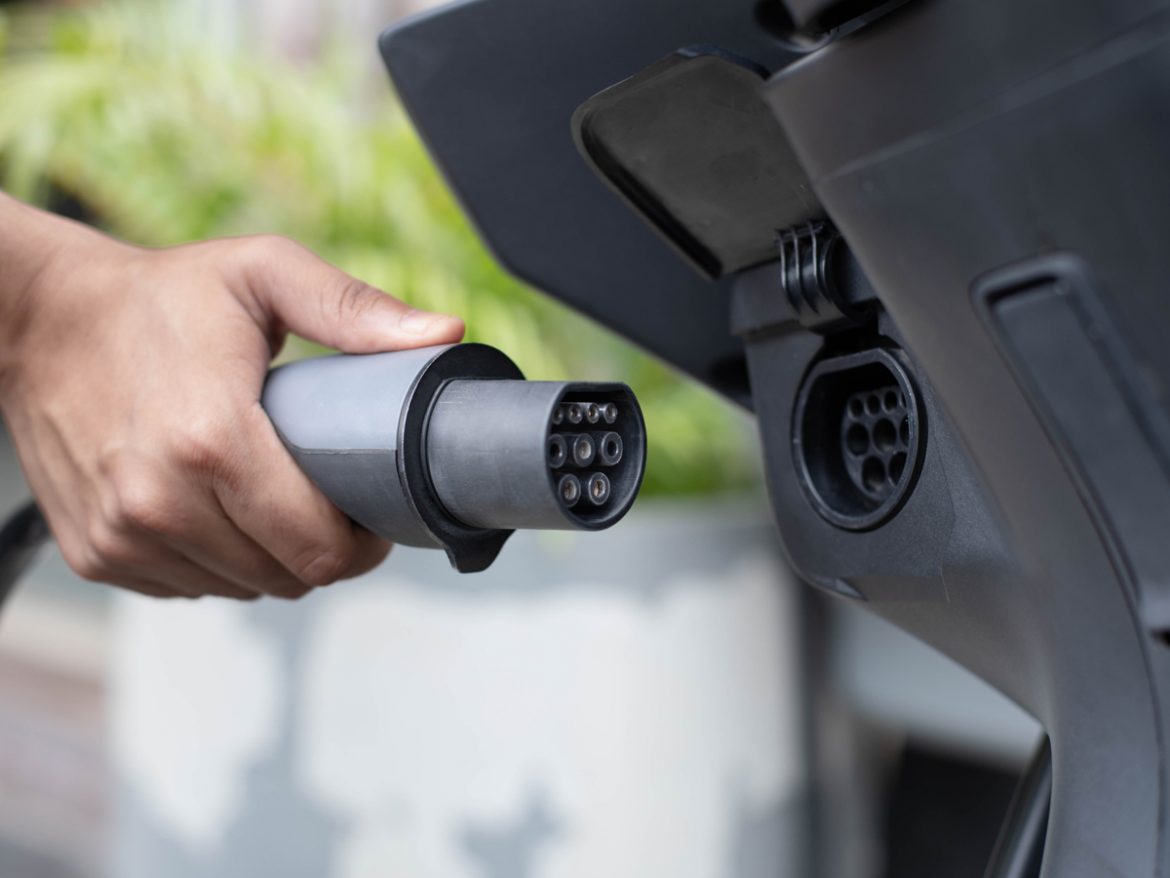As Canada charts its course towards a more sustainable future with electric vehicles (EVs), concerns are rising over the efficacy of the current strategy for building EV charging stations. Advocacy groups and government officials are calling for a strategic shift, suggesting alternative approaches to Prime Minister Justin Trudeau’s current plan.
Diverging strategies: home vs. public charging
While Trudeau’s plan focuses on establishing EV ports in populous public areas and multi-family residential buildings, critics argue that this might not be sufficient to drive rapid EV adoption and meet ambitious climate goals. Some advocacy groups propose a shift towards single-family homes, where over 80% of charging occurs, as the most effective way to rev up the charging network.
The country’s Office of the Auditor General suggests a different path, emphasizing the importance of addressing remote and low-income communities, areas that the private sector is unlikely to prioritize. As Canada aims to phase out sales of new combustion vehicles by 2035, the government faces challenges in achieving its broader target of reducing greenhouse gas emissions by at least 40% from 2005 levels by 2030.
Challenges and opportunities
Canada’s vast landscape and harsh winters pose unique challenges for building an effective charging network. The national highway system, spanning over 38,000 km, adds complexity to the task. To tackle this, the Canada Infrastructure Bank recently granted a loan of up to C$210 million to fuel retailer Parkland Corp, supporting the expansion of its EV charging network in British Columbia.
While acknowledging the importance of public charging, experts highlight that the backbone of the infrastructure lies in home charging. Daniel Breton, CEO of Electric Mobility Canada, suggests that the government should make it more affordable for owners of older homes to upgrade their electrical systems, a move that could significantly boost home charging.
Financial Considerations and Global Comparisons
Canada is investing more than its neighbor on EV chargers on a per capita basis. Brian Kingston, CEO of the Canadian Vehicle Manufacturers’ Association, emphasizes the need to expand financial support to homeowners, especially for older homes facing challenges in adopting EV infrastructure.
A report from Canada’s Auditor General indicates progress in meeting interim targets for installing charging ports nationally. However, concerns are raised about the distribution of funding, with an emphasis on populous provinces. Canada’s spending on EV chargers per capita surpasses the U.S., showcasing a unique area where Canada is leading the transition to a more sustainable future.
As Canada strives to subsidize 84,500 new charging stations by 2029 and aims for at least 442,000 public chargers by 2035, the government is urged to review gaps in the charging infrastructure and seek collaboration with the private sector and provincial governments to ensure a well-rounded and effective strategy.



